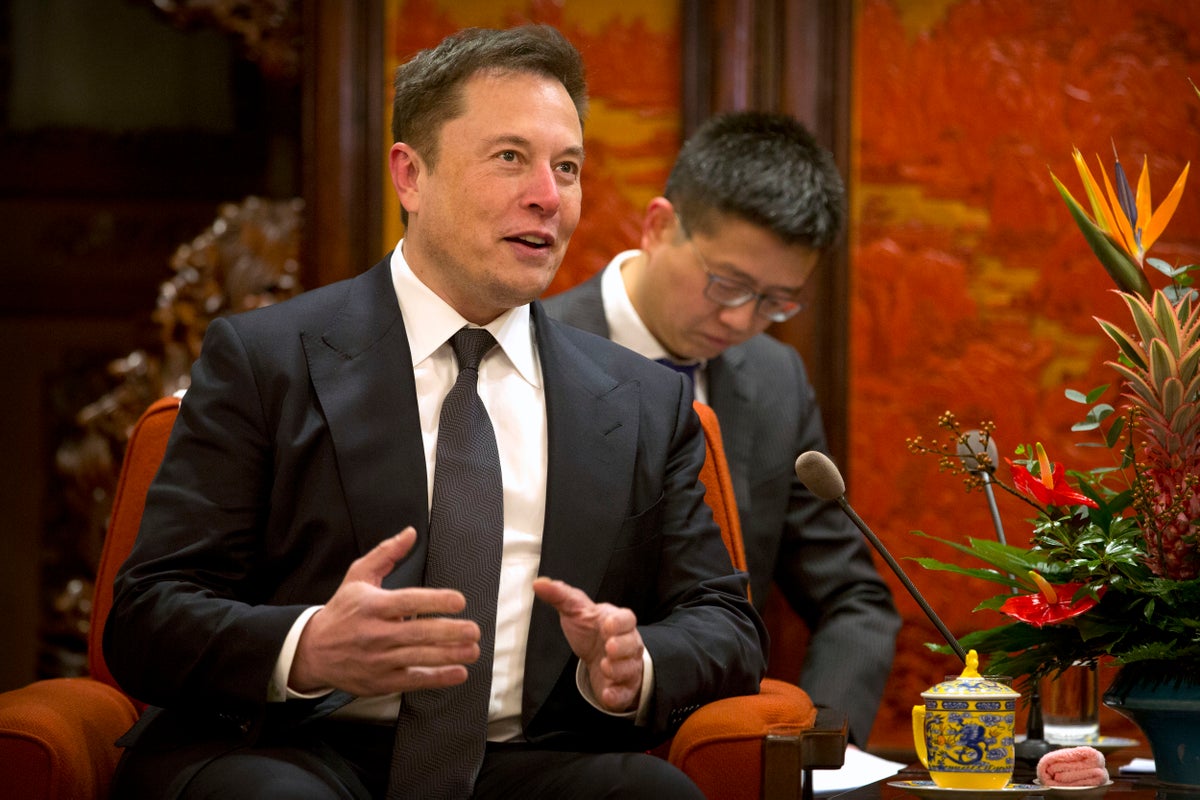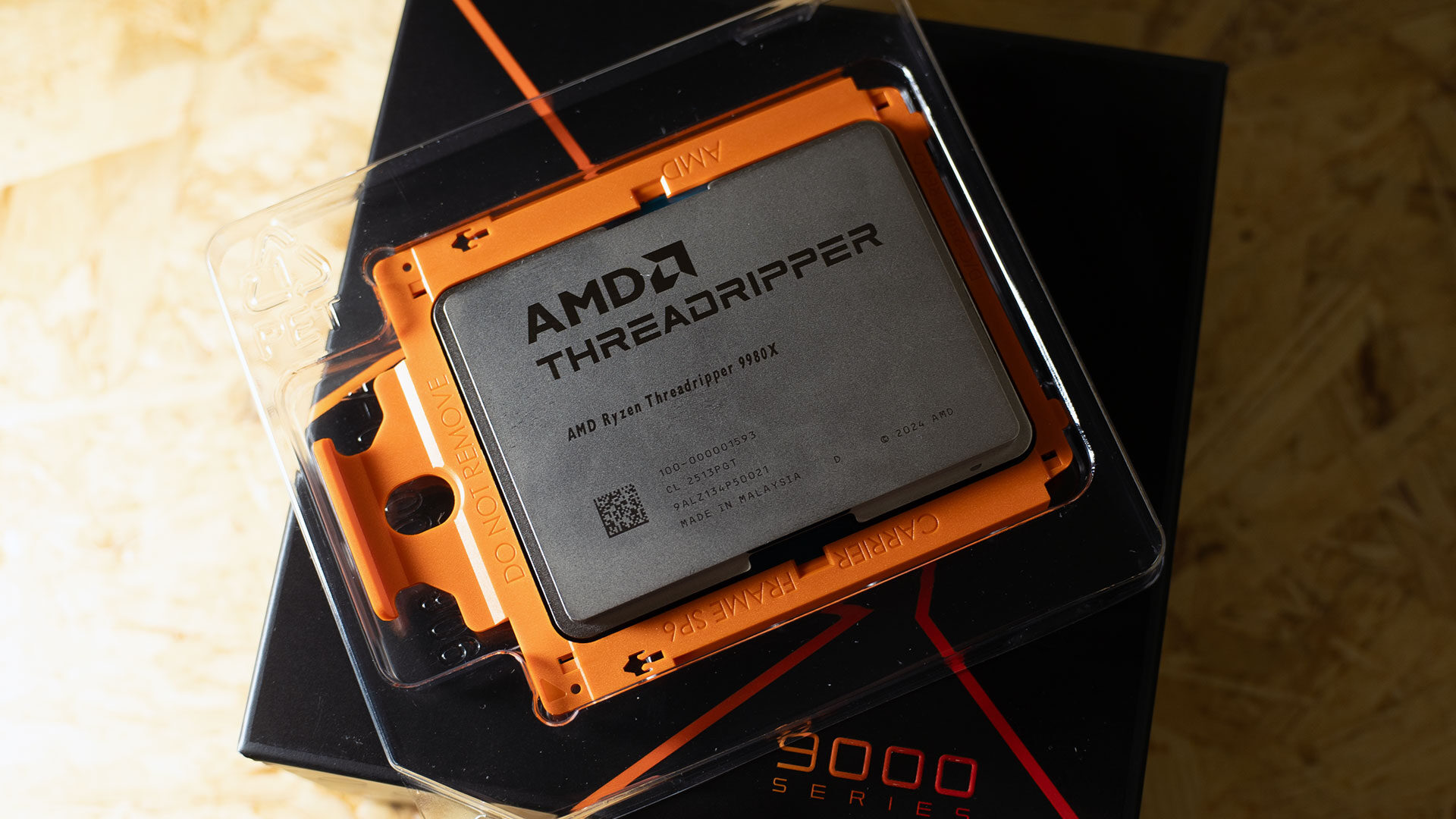
China’s Starlink Counter: Lasers & Stealth Subs

China’s Concerns Over Starlink Spark Countermeasure Development
China is reportedly developing sophisticated countermeasures to address what it perceives as a significant threat from Elon Musk’s Starlink communications network. These measures include stealth submarines equipped with space-shooting lasers and custom-built attack satellites armed with ion thrusters. Chinese scientists are actively exploring methods to neutralise the Starlink satellite constellation, with numerous research papers outlining strategies to “hunt and destroy” the network.
These efforts highlight Beijing’s deep-seated concerns that Starlink could be exploited by adversaries for military confrontation and espionage. Researchers in China view Starlink, a vast constellation of low-orbit satellites providing affordable, fast, and ubiquitous connectivity, even in remote areas, as a significant threat to the nation’s government and strategic interests. This apprehension stems primarily from Starlink’s close ties to the US intelligence and defence establishment, alongside its rapidly expanding global presence.
Professors from China’s National University of Defense Technology wrote in a 2023 paper that as the United States integrates Starlink technology into military space assets to gain a strategic advantage over its adversaries, other countries increasingly perceive Starlink as a security threat in nuclear, space, and cyber domains.
Global Concerns About Starlink’s Dominance
Chinese researchers are not alone in their concerns about Starlink, which holds a dominant position in certain space-based communications. Some traditional US allies are also questioning the wisdom of entrusting core communications infrastructure, and a potential trove of data, to a company run by an unpredictable businessman whose allegiances are not always clear.
Apprehensions deepened following Russia’s full-scale invasion of Ukraine in 2022, which demonstrated the battlefield advantages that Starlink satellites could provide. These concerns have been exacerbated by Musk’s increasing political interests.
SpaceX, the rocket launch and space-based communications company founded by Musk that operates Starlink, remains inextricably linked with core US government functions. It has secured billions in contracts to provide launch services for NASA missions and military satellites, retrieve astronauts stranded at the International Space Station, and build a network of spy satellites.
Starlink’s dominance in space has triggered a global race to develop viable alternatives. However, its significant first-mover advantage has given SpaceX near-monopoly power, further complicating the complex interplay of business, politics, and national security surrounding Musk and his companies.
Starlink’s Rapid Expansion and Global Reach
Since its initial launches in 2019, Starlink has grown to account for approximately two-thirds of all active satellites, according to Jonathan McDowell, an astronomer at the Harvard-Smithsonian Center for Astrophysics. SpaceX operates over 8,000 active satellites and aims to deploy tens of thousands more.
Beijing’s tendency to view Starlink as a tool of US military power has intensified its efforts to develop countermeasures. If deployed, these countermeasures could increase the risk of collateral damage to other customers as SpaceX expands its global footprint. The same satellites that pass over China also potentially serve Europe, Ukraine, the United States, and other regions as they orbit the earth.
Starlink claims to operate in over 140 countries and has recently made inroads in Vietnam, Niger, Somalia, the Democratic Republic of Congo, and Pakistan. In June, Starlink also obtained a license to operate in India, overcoming national security concerns and powerful domestic telecom interests to access a tech-savvy market of nearly 1.5 billion people. The company’s coverage map indicates very few dead zones beyond those in North Korea, Iran, and China.
Alternatives and the Race to Catch Up
No other country or company is close to matching Starlink’s capabilities. Jeff Bezos’ Amazon is targeting Musk with Project Kuiper, which launched its first batch of internet satellites into orbit in April. To date, Amazon has just 78 satellites in orbit, with 3,232 planned. London-based Eutelstat OneWeb has around 650 satellites in orbit, a fraction of its initially planned fleet.
The European Union is investing billions in developing its own satellite array, known as the IRIS2 initiative, but remains significantly behind. EU officials have had to lobby their own member states not to sign contracts with Starlink while IRIS2 is being developed.
Christophe Grudler, a French member of the European Parliament who led legislative work on IRIS2, stated that while they are allies with the United States, they need to have their strategic autonomy. He emphasised that the risk lies in not having their destiny in their own hands.
China’s Own Satellite Ambitions
China has openly declared its ambition to build its own version of Starlink to meet domestic national security needs and compete with Starlink in foreign markets. In 2021, Beijing established the state-owned China SatNet company and tasked it with launching a megaconstellation with military capabilities, known as Guowang. In December, the company launched its first operational satellites and currently has 60 of a planned 13,000 in orbit.
Qianfan, a company backed by the Shanghai government, has launched 90 satellites out of a planned 15,000. The Brazilian government announced a deal with Qianfan in November, after Musk had a public disagreement with a Brazilian judge. Qianfan is also targeting customers in Kazakhstan, Malaysia, Oman, Pakistan, and Uzbekistan and aims to expand across the African continent.
The Impact of the Ukraine War
Concerns about Starlink’s supremacy intensified following Russia’s full-scale invasion of Ukraine in 2022. The war marked a turning point in strategic thinking about Starlink and similar systems. Ukraine used the Starlink network to facilitate battlefield communications and power fighter and reconnaissance drones, providing a decisive advantage. However, access to the satellites was initially controlled by Musk, who could, and did, interrupt critical services.
US-led sanctions against Moscow after the full-scale invasion also curtailed the availability of Western technology in Russia, highlighting the geopolitical risks of relying on foreign actors for access to critical infrastructure.
Nitin Pai, co-founder and director of the Takshashila Institution, a public policy research centre based in Bangalore, India, stated that Ukraine was a warning shot for the rest of the world. He added that for the last 20 years, there has been awareness of the risks of giving important government contracts to Chinese companies because they operate as appendages of the Chinese Communist Party. Therefore, it is a risk because the Chinese Communist Party can use technology as a lever. He stated that the situation is no different with the Americans.
Chinese Research and Countermeasures
Nearly all of the 64 papers about Starlink reviewed in Chinese journals were published after the conflict began. Starlink’s omnipresence and potential military applications have unnerved Beijing, prompting the nation’s scientists to take action. Researchers have assessed the capabilities and vulnerabilities of a network they perceive as menacing and strived to understand what China might learn and emulate from Musk’s company as Beijing develops a similar satellite system.
Although Starlink does not operate in China, Musk’s satellites still pass over Chinese territory. Researchers from China’s National Defense University simulated Starlink’s coverage of key areas, including Beijing, Taiwan, and the polar regions, and determined that Starlink can achieve round-the-clock coverage of Beijing. They concluded that the Starlink constellation coverage capacity of all regions in the world is improving steadily and at high speed.
In another paper, researchers mapped out vulnerabilities in Starlink’s supply chain, noting that the company has more than 140 first-tier suppliers and a large number of second-tier and third-tier suppliers downstream, with limited cybersecurity supervision.
Engineers from the People’s Liberation Army suggested creating a fleet of satellites to tail Starlink satellites, collecting signals, and potentially using corrosive materials to damage their batteries or ion thrusters to interfere with their solar panels.
Other Chinese academics have encouraged Beijing to use global regulations and diplomacy to contain Musk, even as the nation’s engineers have continued to develop active countermeasures, such as deploying small optical telescopes to monitor Starlink arrays, creating deep fakes to generate fictitious targets, and shooting powerful lasers to disable Musk’s equipment.
Some US analysts believe Beijing’s fears may be exaggerated, but such assessments have done little to quell domestic debate. One Chinese paper was titled, simply: “Watch out for that Starlink.”



